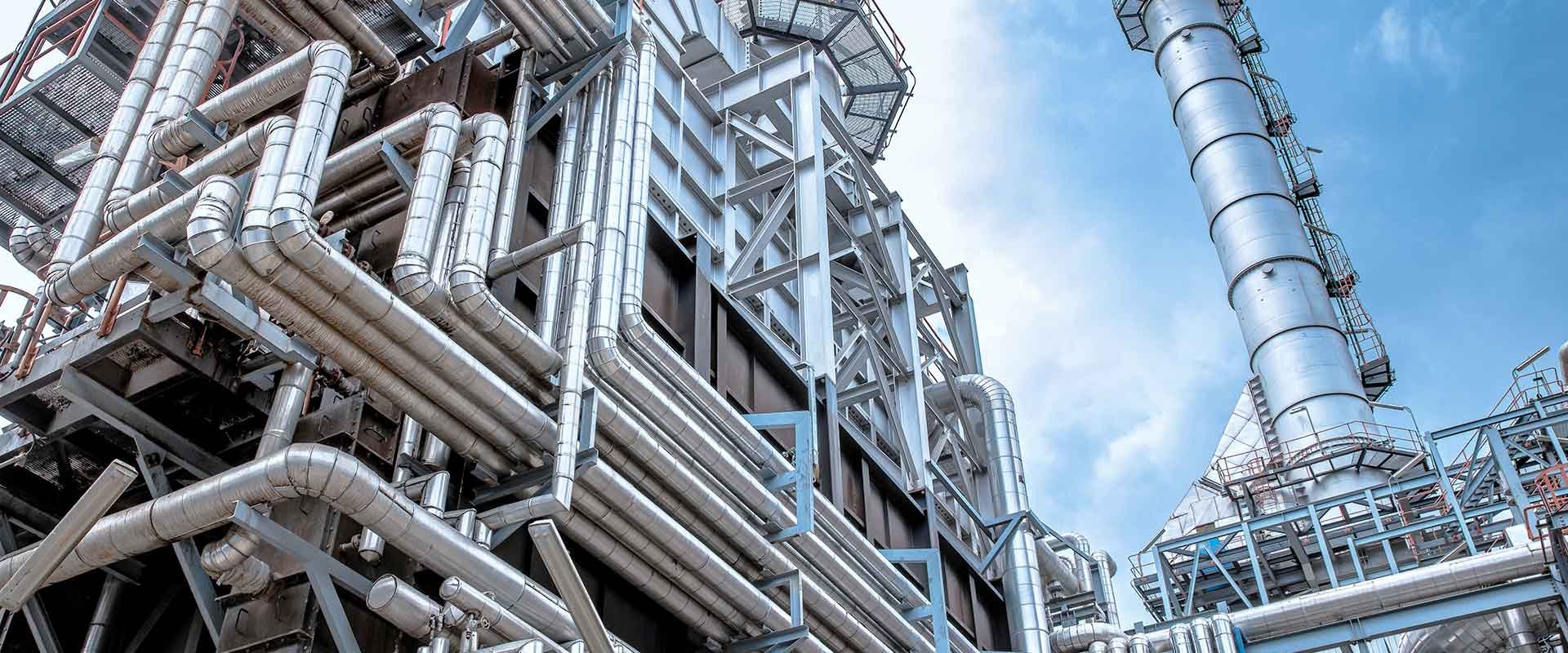Lesser known uses of oil and gas
Energy

Energy
It’s no secret we rely heavily on oil and gas to support our modern life. Most of us understand these commodities are used for transportation, heating and electricity. But oil and gas have a myriad of other applications you may not be aware of. Read on to ace your next trivia night.
In 2022, global oil consumption is expected to average 99.5 million barrels per day and natural gas demand is estimated to reach around 4.070 trillion cubic metres. (For any unfamiliar with those measurements, that’s a lot of oil and gas.) Natural gas is used mainly for heating, electricity generation and industrial use, while the transportation sector consumes the most oil, accounting for over one third of global demand.
This begs the question: what is the remainder of oil and gas used for? Quite a lot, as it turns out. In our modern world, it would be impossible to go through our day without using something made from oil or gas; in fact, it is estimated that over 6,000 everyday products get their start from oil or natural gas.

Looking for that statement piece to make your wardrobe pop? You can thank the oil and gas industry for a wide array of handbags, sunglasses, phone cases and jewellery.
Want to keep the bugs off your crops? Petroleum is used to make fertilisers, herbicides and insecticides.
From car seat to prams to pacifiers, the industry makes a range of baby items.
Want to get glam? Reach for your petroleum, in the form of lipstick, nail polish, eyeshadow, mascara, and hair dye. Smooth on some lotion, slip on your panty hose (yes, oil in those too) and you’re set!
Check out your wardrobe – anything made from nylon, polyester, acrylic and spandex is derived from petroleum.
Many construction materials and protective items are made from oil and gas, such as hard hats, roofing shingles, paint, safety goggles, asphalt, waterproofing and pipes.
How would we survive in this modern world without our devices? Computers, mobile phones, headsets, tablets, TV sets and digital cameras all have petroleum-based components.
Protecting yourself from COVID-19? The industry makes hand sanitiser, masks, medical scrubs, and latex gloves.
Who knew freshening up meant covering yourself in oil? It can be found in soaps, shampoos, toothpaste, shaving cream, perfume and deodorant. It is also used to make toothbrushes.
Want to make the interior of your home beautiful? Oil-based products such as kitchen benchtops, rugs, cushions, lamp shades and candles have got you covered.
Whether eating out or preparing your own meal at home, chances are you’re going to be using petroleum-based items, such as non-stick pans, containers, straws, bottles, and measuring cups. And you’ll want to store food in your fridge, which is made from petroleum-based materials and runs on oil and gas.
Petroleum is used for a range of medical devices that have few substitutes, such as IV bags, artificial limbs, contact lenses, dentures, hearing aids and heart valves. Petrochemicals are relied on for pharmaceuticals such as aspirin, antihistamines and cough syrups.
Want to catch a wave, shoot hoops or go skating? Petroleum is used to make surfboards, basketballs, footballs, golf balls and bags, helmets, skis, tennis rackets, and skate wheels.
Many children’s toys are made from oil-based plastics, such as Lego, frisbees, crayons, balloons and dolls.
Oil and gas are used for far more than simply powering our vehicles. These commodities are also used to make car seats, signal lights, tyres, bumpers, centre consoles and door seals.
Working across upstream, midstream and downstream operations, Brunel possesses an unrivalled understanding of the conventional energy industry, its challenges and the key skills and people which operations need to perform.